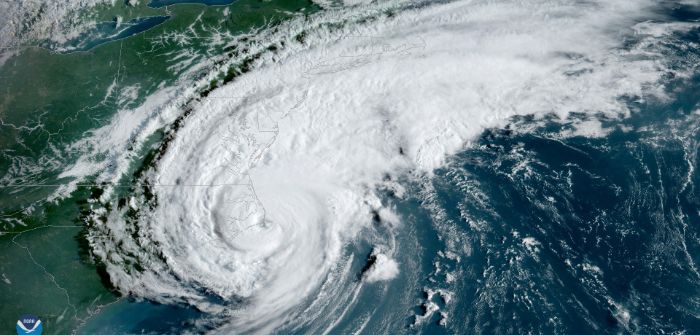Hurricanes are getting stronger according to US researchers who studied 40 years of satellite images.
The research was carried out by the NOAA National Center for Environmental Information and the University of Wisconsin-Madison (UW-Madison) Cooperative Institute for Meteorological Satellite Studies. The findings build on previous work by James Kossin, a NOAA scientist based at UW-Madison and lead author of the paper, which identified trends in hurricane intensity over 28 years.
To improve the results, the researchers studied data from 1979 to 2017 using analytical techniques, including the CIMS Advanced Dvorak Technique. The technique relies on infrared temperature measurements from geostationary satellites to estimate hurricane intensity, creating a more uniform data set.
Kossin said, “Every year the data are a bit different than last year. Each new satellite has new tools and captures data in different ways, so in the end we have a patchwork quilt of all the satellite data that have been woven together.”
His previous research identified poleward migrations of hurricanes, exposing previously less-affected coastal populations to greater risk.
He separately found that hurricanes are moving more slowly across land due to climate change. Kossin commented, “It’s a good step forward and increases our confidence that global warming has made hurricanes stronger, but our results don’t tell us precisely how much of the trends are caused by human activities and how much may be just natural variability.”



